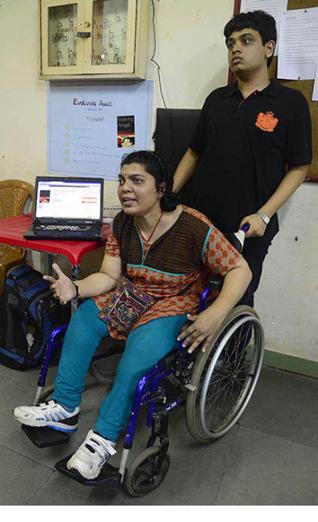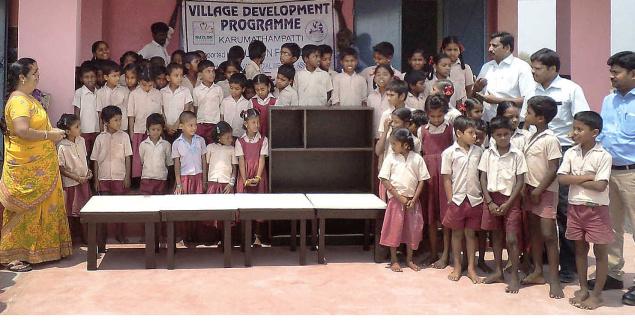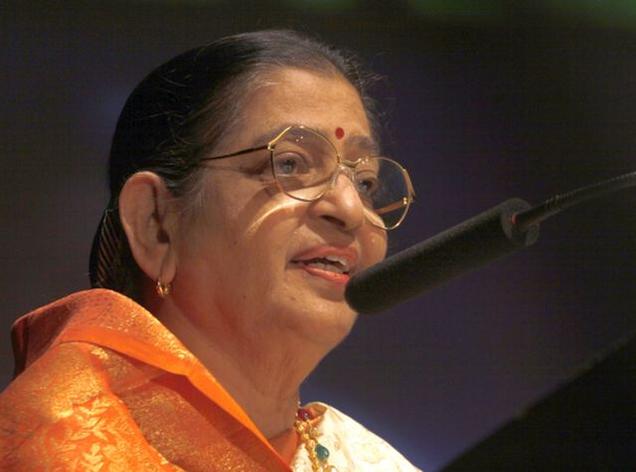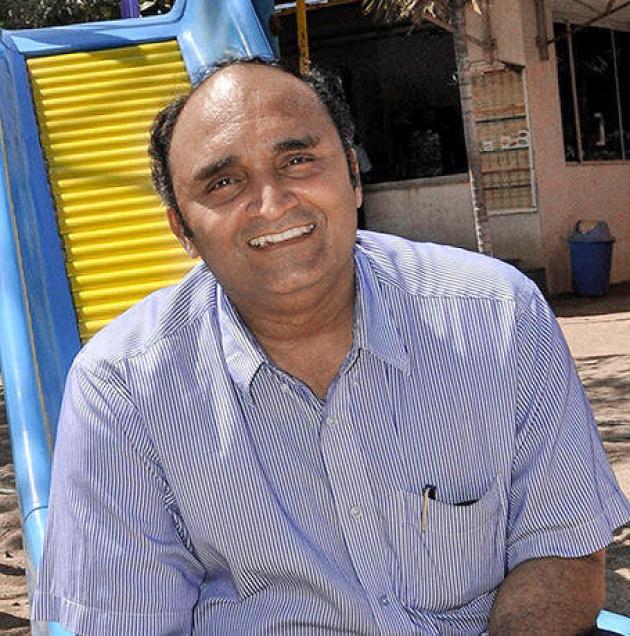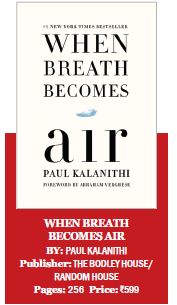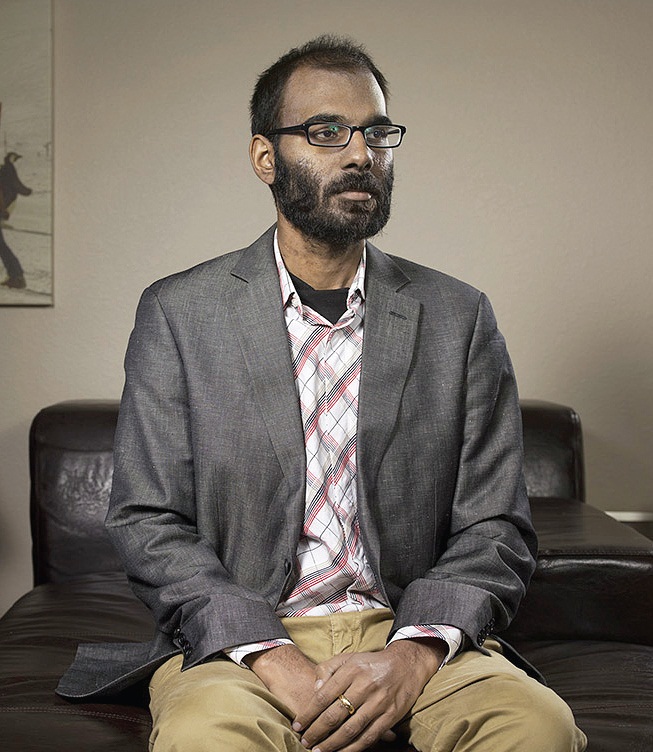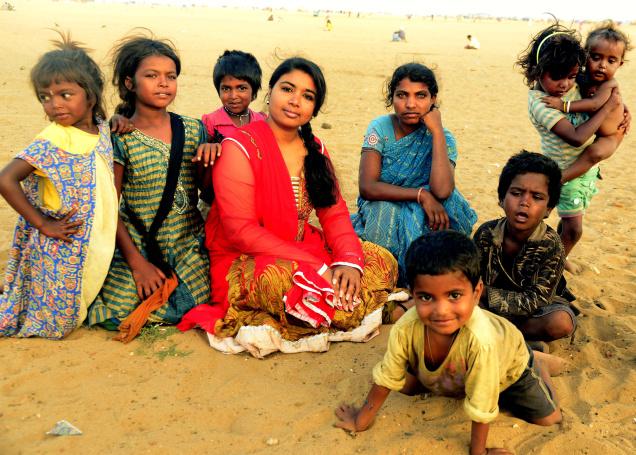Chennai :
For P Valarmathi and other residents of Kasuva village in Thiruvallur district, whose lives revolve around brick kilns and agricultural fields, it took a while for them to realise the importance of educating their children.
Due to the dire situation these families were in, kids were often compelled to take up work at the cost of their education. But, today, what was once considered an unaffordable luxury is no longer out of reach for them, thanks to the free quality education provided by Sevalaya, an NGO.
The school run by the NGO began in 1988 and provides education to over 2,000 students catering to 40 villages around Kasuva. The school has grown from its initial days with just a handful of students under a single hut — a stage where Sevalaya has become synonymous with Kasuva village.
Says Valarmathi, who has four school children, “This is a boon for daily wage earners like us struggling to find our next meal. If not for this initiative, it would have been difficult for us to think of educating our kids.” Having scored 464 marks in Class 10 two years ago and awaiting the Class 12 board exam results, Valarmathi’s eldest daughter hopes to pursue nursing from CMC Vellore.
The school is dependent on funding received from various sources, including from corporate houses and individuals. It also benefits from services by volunteers, including from aboard, who offer to take classes or teach children life skills.
A standout feature that makes the school special is the strong bond it shares with its alumni. Every Sunday, a bunch of alumni visit the campus and can be seen cleaning the classes or volunteering to help children staying in hostels with their classes.
In fact, as many as 10 old students are currently on the staff roster. Says, S Muruganandham, a 2005 pass out, “During my days, Sevalaya was the only school in the area to offer Class 12. The only other option was to travel over 5 km to Thiruninravur. After graduating from college, I realised that I could set an example to Sevalaya students, as they could relate to someone from a similar background who came up the hard way.”
But for the man behind Sevalaya, the challenge is not so much as enrolling children into schools, but to prepare them for jobs. Says V Muralidharan, who founded Sevalaya back in 1988, “It’s not enrolment that should occupy our thoughts. We have to focus on tackling the dropout rates and the rising unemployment levels. The rural youth, in particular, are being misled and wasting their life as they don’t have the required skills to get employed.” As for the future, Muralidharan hopes to set up community colleges in and around the area to equip youngsters with skills that could fetch them regular incomes.
Alumnus Who Worked in the UK
The story of G Ilaiyaraja is a classic which continues to inspire students of Sevalaya. Back in 1993, when he was in Class 6 in a Thiruninravur government school, his father passed away. His brother had discontinued studies and joined a mechanic-shed to support the family.
His sister also dropped out after Class 10. Just when it seemed that the doors of education would close on him, he heard about Sevalaya. “I was the 34th hostel student, and after completing Class 10, I enrolled in a diploma course in computer technology. I then did BCA and MCA,” says Illaiyaraja, who works for Maverick Systems, after a brief stint in the UK. Illaiyaraja was appointed to Sevalaya’s board of trustees by his alma-mater.
As the president of the alumnus association, he is a regular visitor to school. “All the students are from poor families, if you ask them what they want to become, they won’t answer. But that’s when I share my life story, which is very similar to theirs.”
Painting a Great Picture
More often than not, schools are where young minds first exhibit talent. The same proved true in the case of 24-year old P Abhirami. Having been associated with Sevalaya for the last 16 years, Abhirami owes her interest in caricature and painting to the school’s encouragement.
On festive days like Deepavali, Pongal or Christmas, Abhirami would make hand-drawn cards for Muralidharan and the donors. “On one such occasion, I drew a portrait of Lord Krishna and Radha, which Murali sir liked so much that he hung it in Sevalaya’s guest room.
He would proudly tell all visitors about my handiwork and that motivated me.” Realising her gift, Sevalaya then bore all expenses as Abhirami studied in a fine arts college. Her determination to pay back the institution with gratitude saw Abhirami returning to Kasuva. “While I am unable to contribute monetarily, I am delighted to use my artistic talent to groom students here,” she smiles.
source: http://www.newindianexpress.com / The New Indian Express / Home> Cities> Chennai / by Venkatesan Parthasarathy / April 11th, 2016
